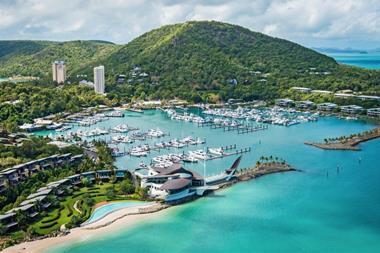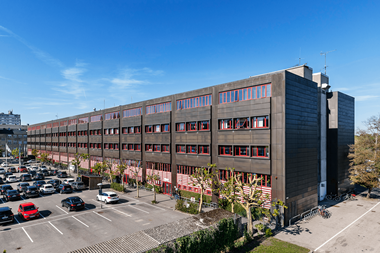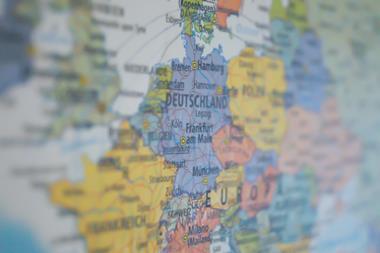Singapore’s sovereign wealth fund, GIC, is in the final stages of concluding its purchase of the Pacific Century Place Marunouchi office building in the business district of Tokyo for $1.7bn (€1.32bn), according to PwC Japan.
Pacific Century was valued at $1bn in 2000 and was purchased by a Japanese fund just before 2008 for $2bn. The current owner, Secured Capital, put up the property for sale in May, reportedly asking more than $1.7 billion.
The Japanese fund sold the property for $1.4bn after it went bankrupt following the global financial crisis, Hiroshi Takagi, a tax partner for financial services and the real estate sector, told property investors at a conference in Singapore earlier this month.
The price is symbolic of the recovery of the Japanese real estate market since the financial crisis of 2008, Hiroshi Takagi, a tax partner at PwC, told property investors at a conference in Singapore this month.
He added that while the country’s population shrinks, the number of people moving to Tokyo is rising, making the city an attractive place for real estate investment. The reconstruction of Tokyo ahead of the 2020 Olympics will add to the lure of the city.
PwC expects Japanese real estate to continue to appreciate at least until 2020, helped by low borrowing costs, stabilising rents and optimism over the positive impact of Abenomics.
Prices of Japanese-listed REITs have tripled in the last two years amid Prime Minister Shinzo Abe’s ‘three arrows’ approach to jolt the economy out of two decades of sluggish growth and deflation. The three arrows comprise policies based on fiscal stimulus, monetary easing and structural reforms such as changes to tax policies.
“Currently, we see investor confidence and people are rushing into the market to buy,” said Takagi.
Industrial properties constitute the largest segment of commercial real estate in Japan, making up about 45%, followed by office properties and hotels. Across all sectors, rental rates are rising steadily. Meanwhile, vacancy rates averaged about 5.5% and are trending lower.
As the number of tourists visiting Japan crossed the 10 million mark in 2013, hotel occupancy has also climbed. “Hotels are interesting with attractive cap rates and rent up nearly 10% yearly,” said Takagi. Another emerging asset class within the REIT sector is healthcare, which is growing as the population greys.
Rising investment in Japan’s real estate has translated to demand for REITs as initial public offerings are often 6-10 times oversubscribed. “J-REITs are aggressively buying properties in Japan, driving up prices. So-called REIT-able properties are not very popular among private funds right now,” said Takagi.
The increased competition for real estate has led some private funds to change their investment strategies. Two main strategies have become very popular, he said. One strategy is to buy land, develop the property and sign contracts with tenants before selling the asset to a J-REIT. Another approach is to find properties with defects such as those that have issues with land boundaries. A private fund may resolve the issue and then sell the property to a J-REIT.
Abe’s reforms have included efforts to overhaul the asset allocations of the bond-heavy ¥127trn (€908bn) Government Pension Investment Fund (GPIF). A rebalancing of GPIF’s portfolio towards riskier assets such as alternatives and equities is prompting similar adjustments at other funds. “Mutual funds rules are slowly changing in recent months around the ability to invest in infrastructure,” which will provide further support for the real estate market, said Takagi.

















